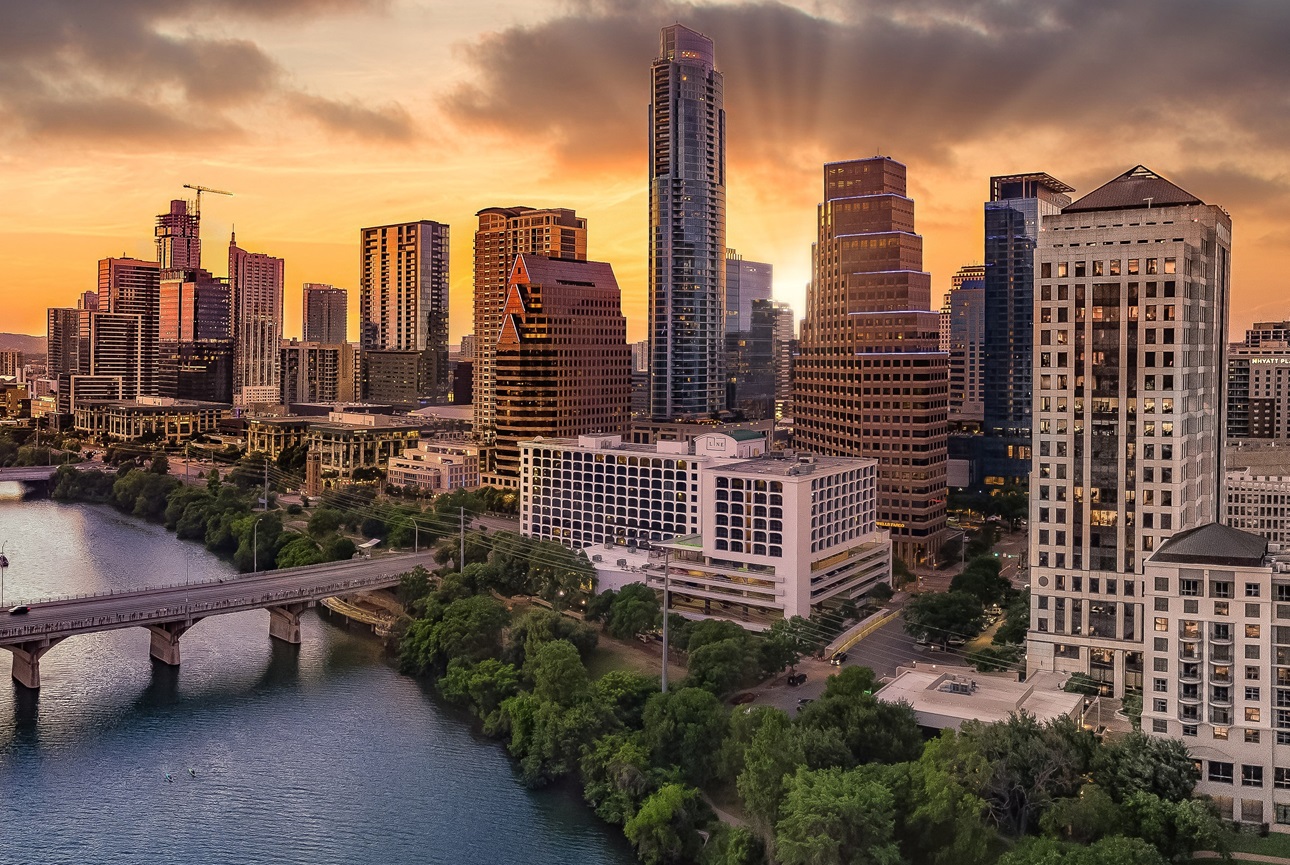ULI 奥斯汀净零势在必行

报告摘要:
为了更好地应对快速变化的气候、不断增长的人口和不堪重负的能源网络带来的挑战,奥斯汀市的目标是到 2040 年成为净零社区,向大气排放零温室气体从而减轻人类活动对气候的负面影响。到 2040 年实现净零排放是一个大胆的目标,该市可以通过周密的规划实现这一目标。奥斯汀’目前约有 50% 的碳排放来自建筑环境,推进能源效率、减少化石燃料燃烧以及为城市’开发可再生能源新的和现有的建筑物是最重要的。小组建议包括:
- 编纂计划并确定标准。
- 在每个部门及其所有行动中拥抱净零文化。
- 在整个城市建立节能文化。
- 为历史上被边缘化的有色人种社区和其他群体提供更大的支持。
- 以身作则,改进城市拥有的建筑。
- 通过与更广泛的房地产行业合作来扩展最佳实践,以促进对增值的理解。
- 提高对支持能效改进的现有工具和资源的认识和获取。
- 探索额外的奖励计划 - 购买设备的额外回扣,减少许可阶段的处理时间,或“插队。”
- 在短期内激励现有建筑和新建筑的某些建筑标准,并为最终强制执行这些要求制定明确的时间表。
- 建立或提供与各种计划的联系,例如弹性中心、可再生能源计划和融资方案。
- 进一步利用太阳能集成和区域冷却回路。
- 确保现有的城市工作人员拥有他们需要的资源,包括在需要时增加人员,以兑现承诺。
该报告就如何为奥斯汀建立公平的净零排放文化、教育和参与的重要性、在法规和激励措施之间取得平衡以及奥斯汀市和奥斯汀能源可以采取的帮助利益相关者实现目标的关键举措提供了指导净零。
报告摘要:为了更好地应对快速变化的气候、不断增长的人口和不堪重负的能源网络带来的挑战,奥斯汀市的目标是到 2040 年成为净零社区,向大气排放零温室气体从而减轻人类活动对气候的负面影响。到 2040 年实现净零排放是一个大胆的目标,该市可以通过周密的规划实现这一目标。奥斯汀’目前约有 50% 的碳排放来自建筑环境,推进能源效率、减少化石燃料燃烧以及为城市’开发可再生能源新的和现有的建筑物是最重要的。小组建议包括:
- 编纂计划并确定标准。
- 在每个部门及其所有行动中拥抱净零文化。
- 在整个城市建立节能文化。
- 为历史上被边缘化的有色人种社区和其他群体提供更大的支持。
- 以身作则,改进城市拥有的建筑。
- 通过与更广泛的房地产行业合作来扩展最佳实践,以促进对增值的理解。
- 提高对支持能效改进的现有工具和资源的认识和获取。
- 探索额外的奖励计划 - 购买设备的额外回扣,减少许可阶段的处理时间,或“插队。”
- 在短期内激励现有建筑和新建筑的某些建筑标准,并为最终强制执行这些要求制定明确的时间表。
- 建立或提供与各种计划的联系,例如弹性中心、可再生能源计划和融资方案。
- 进一步利用太阳能集成和区域冷却回路。
- 确保现有的城市工作人员拥有他们需要的资源,包括在需要时增加人员,以兑现承诺。
该报告就如何为奥斯汀建立公平的净零排放文化、教育和参与的重要性、在法规和激励措施之间取得平衡以及奥斯汀市和奥斯汀能源可以采取的帮助利益相关者实现目标的关键举措提供了指导净零。
有关的
网络研讨会
Net Zero for All
The business case for a net zero carbon real estate industry is clear. Rising stakeholder pressure to decarbonize, alongside the scale of business opportunity, has ensured that the companies who lead that effort will see the highest value creation. H...
视频
ULI Net Zero Imperative – Accelerating Real Estate’s Journey to Zero
The ULI Net Zero Imperative is a growing, collaborative network of ULI District and National Councils, including ULI staff, local governments, real estate leaders, and community stakeholder groups focused on decarbonizing cities and real estate.
话题
地区和国家委员会


